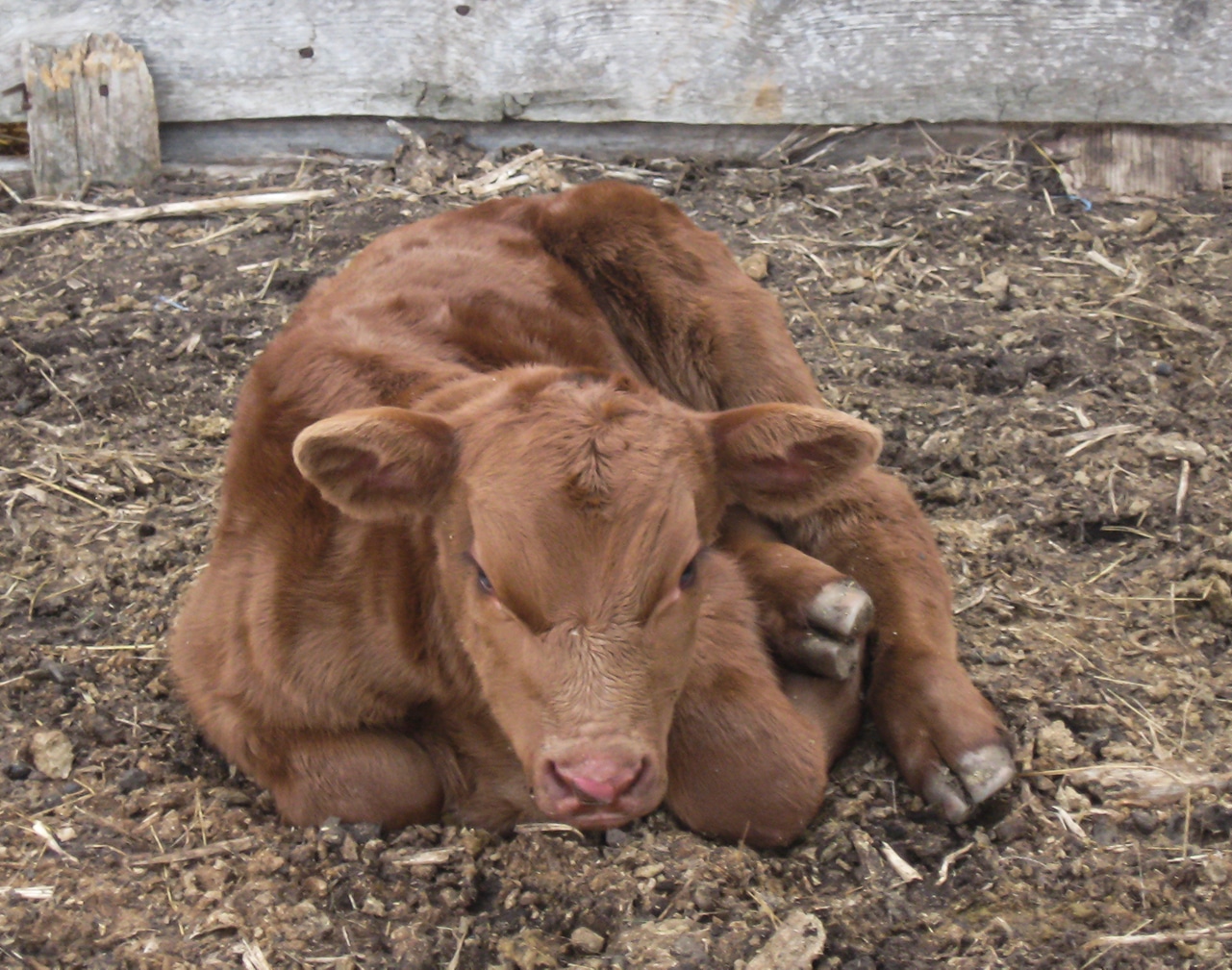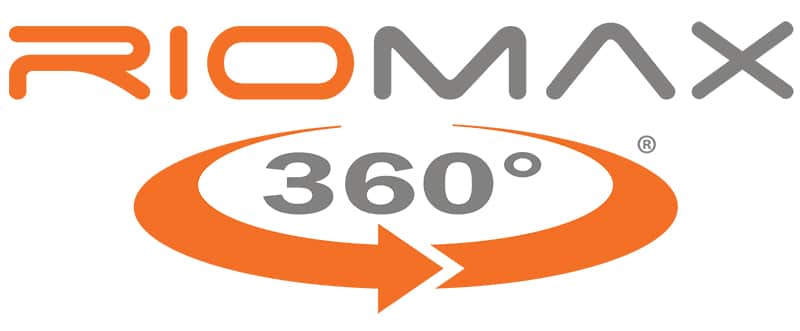Last updated on October 5th, 2023 at 01:44 pm
Running beef cows in confinement or partial confinement gained popularity when land prices skyrocketed. If an operation wanted to expand and bring the next generation back to the farm, it became nearly impossible to buy land and make it pay with cows.
Still is. Enter hoop barns or feed pens where cows and calves can be fed a balanced ration and managed intently.
Question is, how balanced is the TMR you’re feeding your cows?
That’s an important question to answer, says Dr. Garland Dahlke, a nutritionist and assistant scientist in the Animal Science Department at Iowa State University. Especially when it comes to ensuring adequate levels of vitamins A and E.
Vitamin A and E Deficiencies in Cows, Calves
“When you bring those girls into confinement year-round, or like in Iowa, in confinement all summer, then on stalks after corn harvest, they really don’t replenish their reserves for those vitamins,” Dahlke says. So when they calve, the calves die and it’s a mystery. Why’d they die?”
To solve the mystery, the calves wind up at the diagnostic lab. “And they look at vitamin A and E levels and they’re pretty devoid,” Dahlke says. “You say, ‘Well, my supplement had vitamin A and E.’ But it’s such a little amount. It’s more like window dressing. They just had it in there so it’s on the label.”
Why Are Vitamins A and E Essential for Cows?
The reason those vitamins are important, especially in a confinement operation, is because the NRC requirements prior to 1996 are minimal for A and E, Dahlke says. That’s because the assumption was that cows and calves would be on pasture, where vitamins A and E are more readily available naturally.
Bring those cows into a confinement situation and they can quickly become deficient. Which means the calves are deficient because the colostrum doesn’t contain adequate A and E. Which is why they die. Or if they live, they underperform.
Dahlke says dairy producers learned this a long time ago and adjusted their rations accordingly. “And I think some people are starting to catch on to that. But it still gets a few people kind of blindsided.”
In addition to calf death, vitamins are important for other cow and calf health considerations. Here’s a rundown:

-
Vitamin A
Vitamin A is essential for normal vision, growth, reproduction, and bone development. Deficiencies are most commonly found in beef cattle and show up through reduced feed intake, rough hair coat, fluid accumulation, night blindness, slow growth, diarrhea, low conception rates, stillbirths, blind calves, and more infections.
-
Vitamin D
Cattle need Vitamin D is for mineral absorption, bone growth, and immune response. Signs of a deficiency may include stiff joints, irritability, convulsions, decreased appetite, digestive issues, labored breathing, and weakness.
-
Vitamin E
This vitamin serves as an antioxidant in the cow’s body and helps in membrane and muscle formation. Vitamin E is closely linked with selenium, and often a deficiency will result in white muscle disease.


